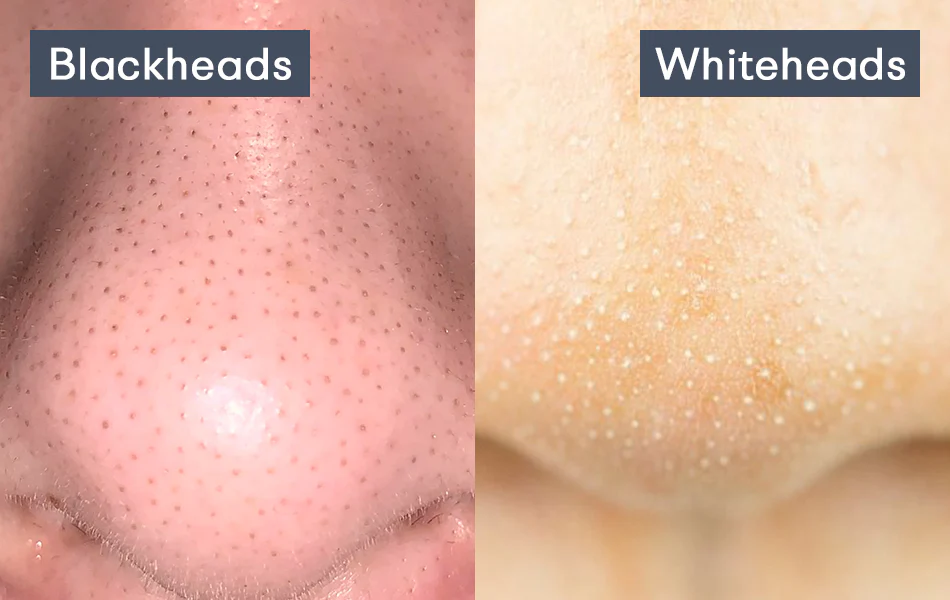Skin issues can be incredibly frustrating, especially when they impact your confidence and appearance. Among the most common skin problems are blackheads and whiteheads. While they might seem similar, understanding the differences between these two types of blemishes can help you better manage and prevent them. Let’s dive into the details of blackheads and whiteheads to get a clearer picture.
What are blackheads?
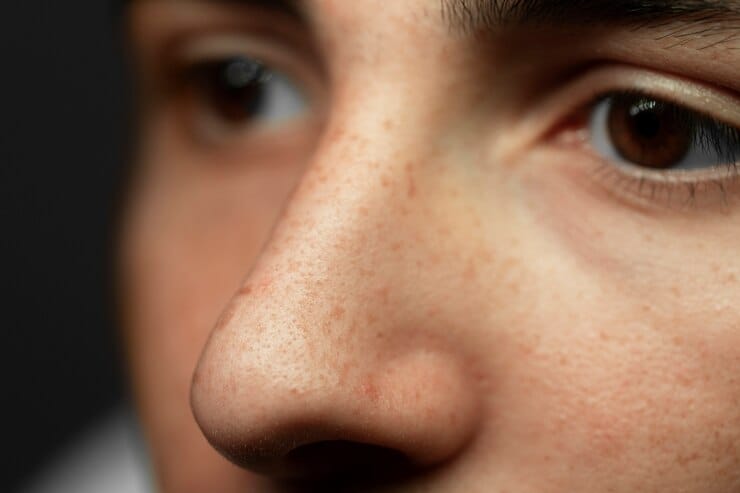
Blackheads, also known as open comedones, are small bumps that appear on your skin due to clogged hair follicles. They get their dark color from the oxidation of melanin, the skin’s pigment, when it comes into contact with air.
How Blackheads Form
Blackheads form when the pores in your skin become clogged with dead skin cells, oil, and bacteria. Unlike whiteheads, the pore remains open, allowing the material inside to oxidize and turn black.
Common Areas Where Blackheads Appear
You can find blackheads most commonly on the face, particularly on the nose and chin. However, they can also appear on the back, chest, neck, arms, and shoulders due to the high concentration of hair follicles in these areas.
What are whiteheads?

Whiteheads, or closed comedones, are a type of acne that forms when dead skin cells, oil, and bacteria get trapped within a pore. Unlike blackheads, whiteheads are covered by a thin layer of skin, which prevents oxidation and keeps them white.
How Whiteheads Form
Whiteheads develop in a similar manner to blackheads but remain under the surface of the skin. This lack of exposure to air prevents them from turning black.
Common Areas Where Whiteheads Appear
Whiteheads are most commonly found on the face, especially around the nose, chin, and forehead. However, they can also occur on the chest, back, and shoulders.
Key Differences Between Blackheads and Whiteheads
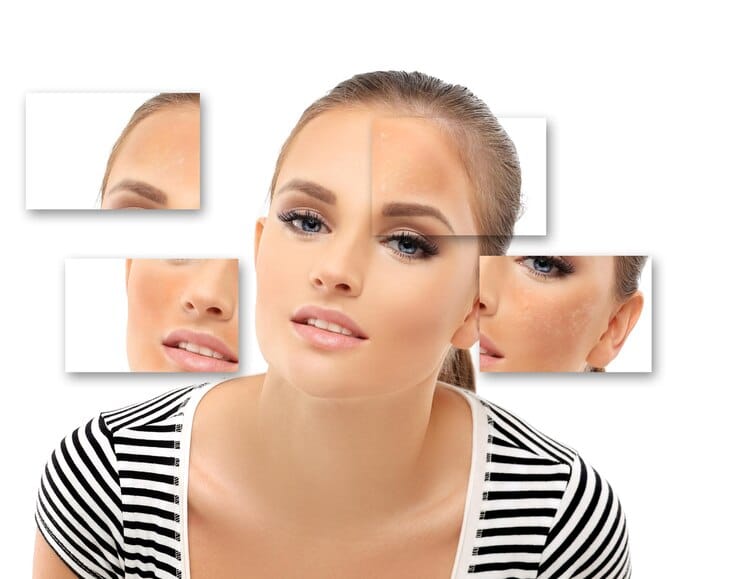
Visible Differences
The most obvious difference between blackheads and whiteheads is their appearance. Blackheads are dark and lie flat on the skin, while whiteheads are white or flesh-colored and create a small bump on the skin.
Differences in Formation
Blackheads form when a pore is clogged but remains open, allowing the contents to oxidize. Whiteheads, on the other hand, form when a pore is clogged and closed, keeping the contents from oxidizing.
Differences in Causes
Both blackheads and whiteheads can be caused by a variety of factors, including hormonal changes, poor skincare habits, dietary influences, and environmental factors. However, the key difference lies in how the pores react to these factors—whether they remain open or closed.
Causes of blackheads and whiteheads
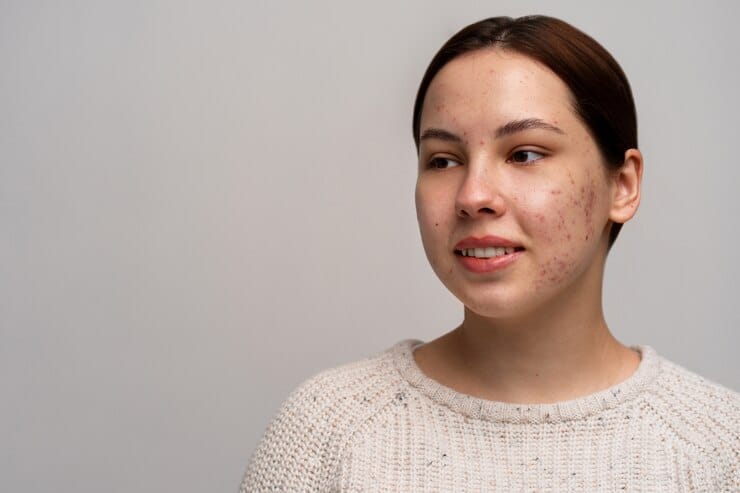
Hormonal Changes
Hormonal fluctuations, particularly during puberty, menstruation, or pregnancy, can increase oil production in the skin, leading to clogged pores.
Poor skincare habits
Inadequate cleansing, not removing makeup before bed, and using pore-clogging products can contribute to the formation of blackheads and whiteheads.
Dietary Factors
Diets high in sugar, dairy, and unhealthy fats can exacerbate skin issues, including the development of blackheads and whiteheads.
Environmental Factors
Exposure to pollutants, humidity, and sweat can also contribute to clogged pores, resulting in blackheads and whiteheads.
How to Prevent Blackheads
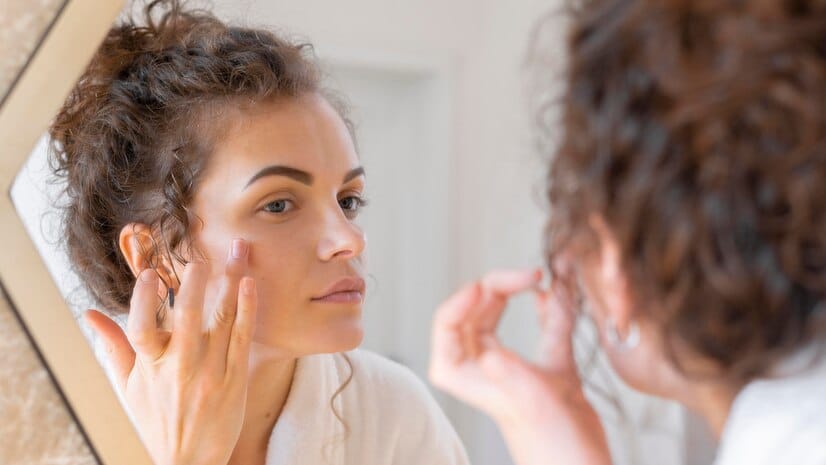
Daily Skincare Routine
Establishing a consistent skincare routine is crucial. Cleanse your skin twice daily to remove dirt, oil, and impurities that can clog pores.
Importance of Exfoliation
Regular exfoliation helps remove dead skin cells that can clog pores. Use a gentle exfoliant two to three times a week to keep your skin clear.
Using non-comedogenic products
Opt for non-comedogenic skincare and makeup products that do not clog pores. This can significantly reduce the risk of blackheads.
How to Prevent Whiteheads

Daily Skincare Routine
Just like with blackheads, a consistent skincare routine is key. Cleanse your skin gently but thoroughly to prevent pores from becoming clogged.
Importance of Proper Cleaning
Make sure to remove all makeup and impurities at the end of the day. Consider double cleansing if you wear heavy makeup.
Keeping Skin Moisturized
Keeping your skin hydrated is important. Use a lightweight, non-comedogenic moisturizer to maintain the skin’s balance.
Treating Blackheads
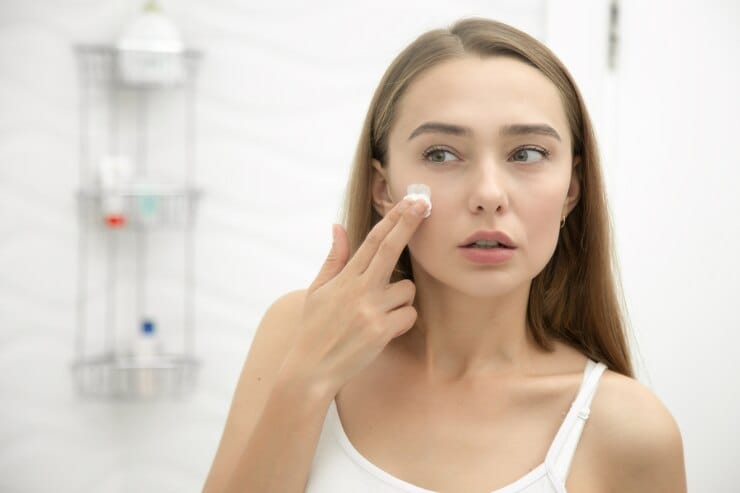
Over-the-Counter Treatments
Look for products containing salicylic acid or benzoyl peroxide, which can help dissolve the material in blackheads and reduce their appearance.
Home Remedies
Home remedies like using a honey and cinnamon mask or a clay mask can help draw out impurities from the skin.
Professional Treatments
Consider seeing a dermatologist for treatments such as chemical peels, microdermabrasion, or professional extraction.
Treating Whiteheads
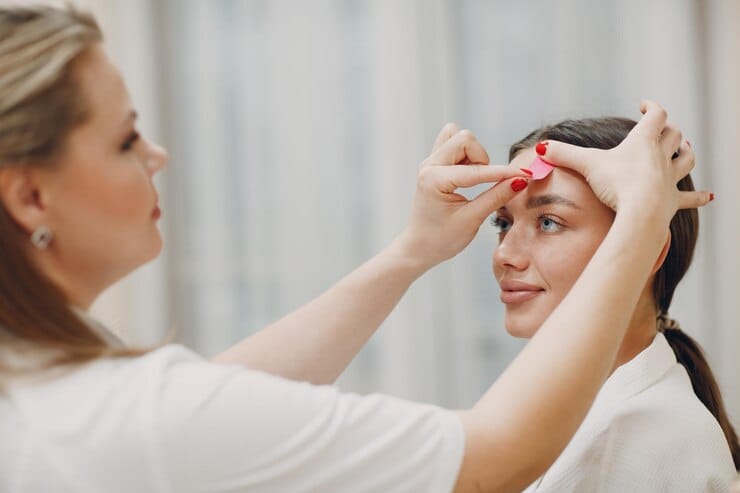
Over-the-Counter Treatments
Products with salicylic acid, benzoyl peroxide, or retinoids can be effective in treating whiteheads by promoting cell turnover and keeping pores clear.
Home Remedies
Applying tea tree oil or using a gentle steam treatment can help open pores and reduce whiteheads.
Professional Treatments
For persistent whiteheads, professional treatments like chemical peels, laser therapy, or extraction by a dermatologist may be necessary.
When to see a dermatologist
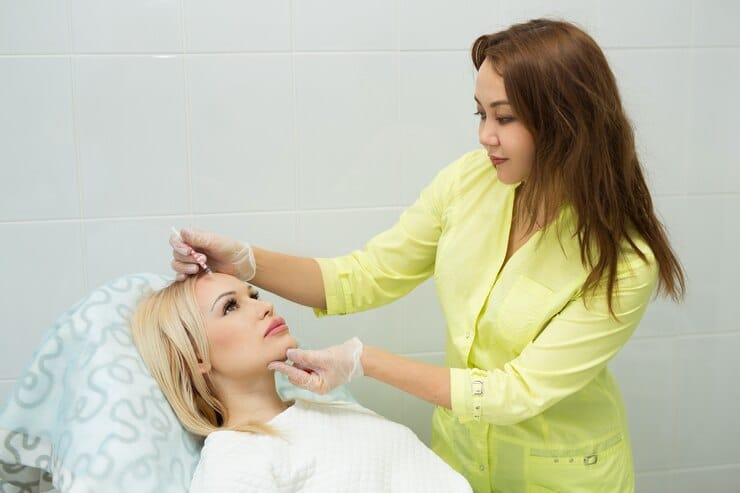
Signs You Need Professional Help
If over-the-counter treatments and home remedies aren’t working, or if your blackheads or whiteheads are severe, it might be time to see a dermatologist.
What to Expect from a Dermatologist
A dermatologist can provide personalized treatment plans, including prescription medications and professional procedures that can effectively target stubborn blackheads and whiteheads.
Myths About Blackheads and Whiteheads
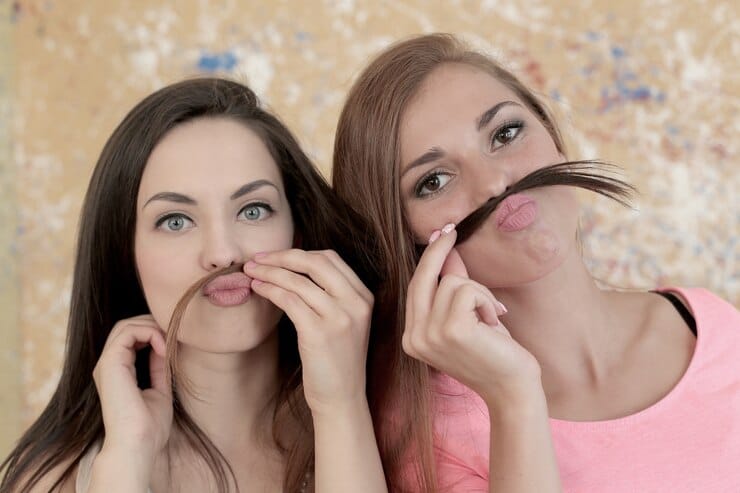
Common Misconceptions
There are many myths surrounding blackheads and whiteheads, such as the idea that they are caused solely by poor hygiene or that they can be scrubbed away.
Debunking myths with facts
In reality, blackheads and whiteheads are complex skin issues with multiple causes. Gentle skincare and appropriate treatments are more effective than harsh scrubbing.
The Impact of Diet on Skin Health
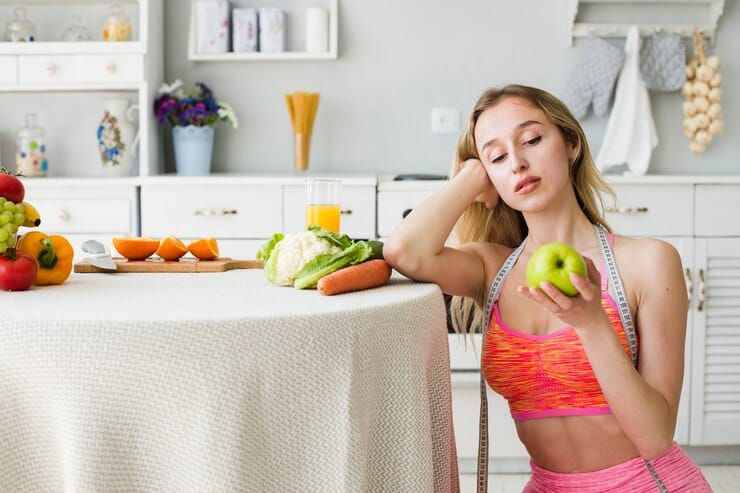
Foods That May Contribute to Blackheads and Whiteheads
High-glycemic foods, dairy, and processed foods can increase the likelihood of developing blackheads and whiteheads.
Foods That Promote Clear Skin
Eating a balanced diet rich in fruits, vegetables, lean proteins, and healthy fats can support overall skin health and reduce blemishes.
Skincare products to avoid

Ingredients That Can Worsen Blackheads and Whiteheads
Avoid products with heavy oils, alcohol, and synthetic fragrances, as these can irritate the skin and clog pores.
Recommended Ingredients for Clear Skin
Look for products containing salicylic acid, benzoyl peroxide, retinoids, and natural extracts like tea tree oil and aloe vera, which can help maintain clear skin.
Lifestyle Changes for Healthier Skin

Importance of Hydration
Staying hydrated helps maintain skin elasticity and promotes the removal of toxins that can clog pores.
Benefits of Regular Exercise
Exercise increases blood flow and helps flush out toxins through sweat, which can improve skin health.
Stress management techniques
Stress can exacerbate skin issues, so incorporating relaxation techniques like yoga, meditation, and deep breathing can benefit your skin.
Conclusion
Understanding the differences between blackheads and whiteheads is the first step in effectively managing and preventing these common skin issues. By adopting a consistent skincare routine, making informed product choices, and embracing a healthy lifestyle, you can achieve clearer, healthier skin.
FAQs
What is the main cause of blackheads and whiteheads?
The primary cause is clogged pores, which can result from excess oil production, dead skin cells, bacteria, and other factors like diet and environmental pollutants.
Can diet alone clear up blackheads and whiteheads?
While diet plays a significant role in skin health, a combination of good skincare practices and a healthy diet is typically necessary for clear skin.
Are blackheads and whiteheads a sign of poor hygiene?
Not necessarily. While poor hygiene can contribute to clogged pores, these skin issues are often due to a combination of factors, including hormonal changes and genetic predisposition.
How long does it take to see results from treatments?
The timeframe for seeing results can vary. Over-the-counter treatments may take a few weeks, while professional treatments might show quicker results, depending on the severity of the issue.
Can natural remedies be effective in treating blackheads and whiteheads?
Yes, some natural remedies can be effective, but their efficacy varies from person to person. It’s often best to combine natural treatments with proven over-the-counter products for optimal results.

